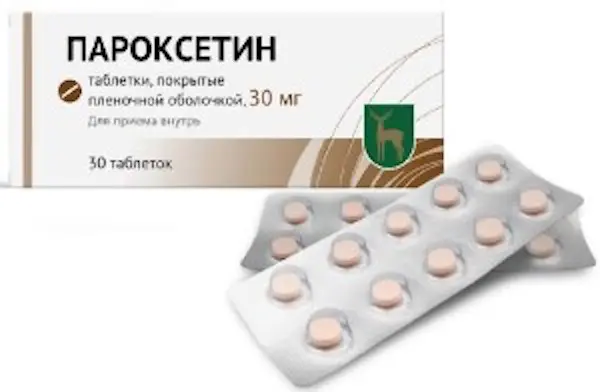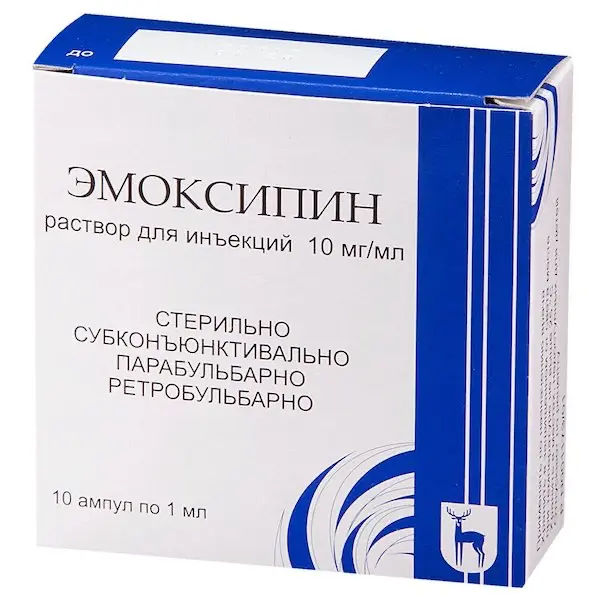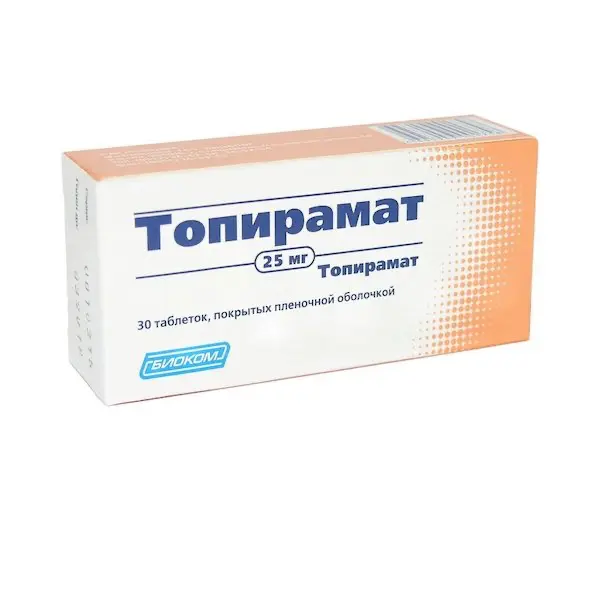Description
Paroxetine Pharmacodynamics
Mechanism of action
Paroxetine is a potent and selective inhibitor of 5-hydroxy-tryptamine (5-HT, serotonin) takeover. Its antidepressant activity and efficacy in the treatment of obsessive-compulsive disorder (OCD) and panic disorder are believed to be due to the specific inhibition of serotonin reuptake by brain neurons.
The chemical structure of paroxetine differs from tricyclic, tetracyclic, and other known antidepressants.
Paroxetine has a low affinity for muscarinic cholinergic receptors; animal studies have shown that it has only weak anticholinergic properties.
As evidence of the selectivity of paroxetine, in vitro studies have shown that unlike tricyclic antidepressants, it has a low affinity for ?1, ?2, and ?-adrenoreceptors as well as for dopamine (D2), 5-HT1-like, 5-HT2 and histamine (H1) receptors. This is confirmed by the results of in vivo studies, which demonstrated that paroxetine has no ability to inhibit the central nervous system (CNS) and cause arterial hypotension.
Pharmacodynamic effects
Paroxetine does not impair psychomotor function and does not potentiate the CNS depressant effect of ethanol.
Like other selective serotonin reuptake inhibitors, paroxetine causes symptoms of overstimulation of 5-HT receptors when administered to animals that have previously received monoamine oxidase inhibitors (MAOIs) or tryptophan. Behavioral and EEG studies have shown that paroxetine produces weak activating effects at doses greater than those required to inhibit serotonin reuptake. Its activating properties are not “amphetamine-like” in nature.
Animal studies have shown that paroxetine does not affect the cardiovascular system (CVS).
Paroxetine does not cause clinically significant changes in blood pressure (BP), heart rate (HR) and ECG in healthy individuals.
Unlike antidepressants, which inhibit norepinephrine reuptake, paroxetine suppresses the antihypertensive effects of guanethidine much more weakly.
Indications
Depression
Depression of all types, including reactive and severe depression and depression accompanied by anxiety.
In the treatment of depressive disorders, paroxetine is about as effective as tricyclic antidepressants. There is evidence that paroxetine can give good results in patients for whom standard antidepressant therapy was ineffective.
Taking paroxetine in the morning has no adverse effect on the quality and duration of sleep. In addition, sleep may improve as the effects of paroxetine treatment manifest themselves.
No additional side effects occurred when using short-acting sleeping pills in combination with antidepressants. During the first few weeks of therapy, paroxetine effectively reduces symptoms of depression and suicidal ideation.
The results of studies in which patients took paroxetine for up to 1 year showed that the drug effectively prevents relapses of depression.
Obsessive-compulsive disorder
Paroxetine is effective in treating obsessive-compulsive disorder (OCD), including as a maintenance and preventive therapy. In addition, paroxetine is effective in preventing relapses of OCD.
Panic disorder
Paroxetine is effective in treating panic disorder with and without agoraphobia, including as maintenance and preventive therapy. The combination of paroxetine and cognitive-behavioral therapy has been found to be significantly more effective in treating panic disorder than the isolated use of cognitive-behavioral therapy.
In addition, paroxetine is effective in preventing recurrences of panic disorder.
Social Phobia
Paroxetine is an effective treatment for social phobia, including as long-term maintenance and preventive therapy.
Generalized anxiety disorder
Paroxetine is effective for generalized anxiety disorder, including as long-term maintenance and preventive therapy. Paroxetine is also effective in preventing relapses in this disorder.
Post-traumatic stress disorder
Paroxetine is effective in treating post-traumatic stress disorder.
Contraindications
– Hypersensitivity to any of the components of the drug (i.e. to paroxetine or any of the excipients – see section “Composition”);
– concomitant use with MAO inhibitors (see section “Drug Interactions”); in exceptional cases, linezolid (an antibiotic that is a reversible non-selective MAO inhibitor) may be combined with paroxetine, provided that acceptable alternatives to linezolid treatment are not available and the potential benefit of linezolid exceeds the risk of serotonin syndrome or malignant neuroleptic syndrome as a reaction in a particular patient.
Equipment for close monitoring of serotonin syndrome symptoms and blood pressure monitoring should be available. Treatment with paroxetine is allowed:
(a) 2 weeks after discontinuation of treatment with irreversible MAO inhibitors;
b) at least 24 hours after stopping treatment with reversible MAO inhibitors (moclobemide, linezolid, methylene blue);
c) at least 1 week should pass between discontinuation of paroxetine and initiation of therapy with any MAOI inhibitor;
– concomitant administration of thioridazine. Paroxetine should not be used in combination with thioridazine because, like other drugs that inhibit hepatic CYP2D6 isoenzyme activity, paroxetine may increase plasma concentrations of thioridazine, which may lead to prolonged QTc interval and associated torsades de pointes ventricular arrhythmias, potentially life-threatening, and sudden death;
– concomitant use with pimozide. Paroxetine should not be used in combination with pimozide because paroxetine may increase the plasma concentration of pimozide, which may lead to prolonged QT interval and severe arrhythmias, including “pirouette” arrhythmias.
– Due to its lactose content, the drug should not be used in patients with hereditary lactose intolerance, Lapp lactase deficiency or glucose-galactose malabsorption;
– Pregnancy and breastfeeding;
– use in children and adolescents under 18 years of age. Controlled clinical trials of paroxetine in treatment of depression in children and adolescents have not proven its effectiveness, therefore, the drug is not indicated for treatment of this age group. Safety and efficacy of paroxetine has not been studied when used in patients younger than 7 years of age.
Dosage and administration method
- Paroxetine is recommended to be taken orally once a day in the morning with meals. The tablet should be swallowed whole, without chewing, with water. The applied risk allows, if necessary, splitting the tablet in half to obtain a dose of 10 mg.
- Depression
- The recommended dose is 20 mg/day; if necessary, depending on clinical response, a gradual dose increase of 10 mg/day (at least 1 week apart) to a maximum dose of 50 mg/day is possible. As with any antidepressant treatment, the effectiveness of therapy should be evaluated and, if necessary, the dose of paroxetine should be adjusted 2-3 weeks after the start of treatment and further depending on clinical indications.
- To relieve depressive symptoms and prevent relapses, an adequate duration of relieving and supporting therapy should be observed. This period may be several months.
- Obsessive-compulsive disorder
- The recommended dose is 40 mg/day. Treatment begins with a dose of 20 mg/day, which may be increased by 10 mg/day (at an interval of at least 1 week). Maximum daily dose is 60 mg. It is necessary to observe adequate duration of therapy (several months or longer).
- Panic disorder
- Recommended dose is 40 mg/day. The initial dose is 10 mg/day (to reduce the possible risk of exacerbation of panic symptoms, which may occur at the beginning of treatment with any antidepressant), with weekly increases of 10 mg/day depending on clinical response. If necessary, the dose may be increased to
- 60 mg/day. An adequate duration of therapy (up to several months or longer) should be observed.
- Social phobia.
- The recommended dose is 20 mg/day. If necessary, the dose may be increased by 10 mg/day (at least 1 week apart) depending on clinical response. The maximum daily dose is 50 mg.
- Generalized anxiety disorder
- The recommended dose is 20 mg/day. If necessary, the dose may be increased by 10 mg/day (at least 1 week intervals) depending on clinical response. The maximum daily dose is 50 mg.
- Post-traumatic stress disorder
- The recommended dose is 20 mg/day. If necessary, the dose may be increased by 10 mg/day (at least 1 week intervals) depending on the clinical response. The maximum daily dose is 50 mg.
- General Information
- Withdrawal of paroxetine
- As with treatment with other psychotropic drugs, abrupt withdrawal of paroxetine should be avoided.





